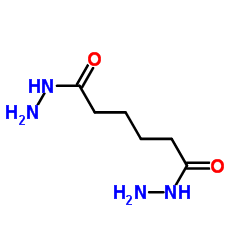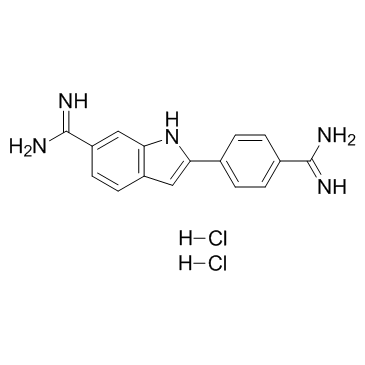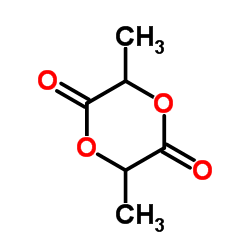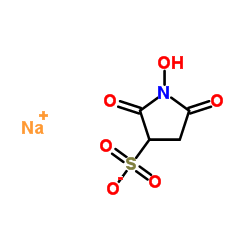| Structure | Name/CAS No. | Articles |
|---|---|---|
 |
Dichloromethane
CAS:75-09-2 |
|
 |
Dimethyl sulfoxide
CAS:67-68-5 |
|
 |
Adipohydrazide
CAS:1071-93-8 |
|
 |
dichloroethane
CAS:107-06-2 |
|
 |
4',6-Diamidino-2-phenylindole dihydrochloride
CAS:28718-90-3 |
|
 |
1,4-Dioxane-2,5-dione
CAS:502-97-6 |
|
 |
lactide
CAS:95-96-5 |
|
 |
MES
CAS:4432-31-9 |
|
 |
8-Octanoyloxypyrene-1,3,6-trisulfonic acid trisodium salt
CAS:115787-84-3 |
|
 |
N-Hydroxysulfosuccinimide sodium
CAS:106627-54-7 |